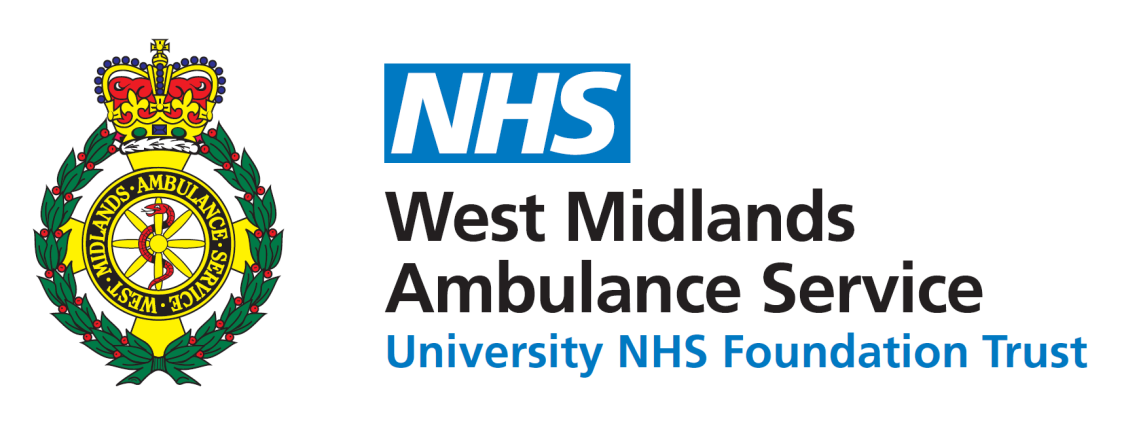Background
Venous thromboembolism (VTE) causes significant mortality and morbidity in hospitalised patients. In England, reporting the percentage of patients with a completed VTE risk assessment is mandated, but this does not include whether that risk assessment resulted in appropriate prescribing. Full guideline compliance (an assessment and action) is rarely reported. Education, audit and feedback enhance guideline compliance but electronic prescribing systems (EPS) can mandate guideline-compliant actions. We hypothesised that EPS-based interventions would increase full VTE guideline compliance more than other interventions.
Methods
All admitted patients within University Hospitals Birmingham NHS Foundation Trust were included for analysis between 2011-2020. The proportion of patients who received a fully compliant risk assessment and action was assessed over time. Interventions included face-to-face feedback based on measured performance (an individual approach) and mandatory risk assessment and prescribing rules into an EPS (a systems approach).
Results
Data from all 235,005 admissions and all 5503 prescribers were included in the analysis. Face-to-face feedback improved full VTE guideline concordance from 70% to 77% (p=<0.001). Changes to the EPS to mandate assessment with prescribing rules increased full VTE compliance to 95% (p=<0.001). Further amendments to the EPS system to reduce erroneous VTE assessments slightly reduced full compliance to 92% (p<0.001), but this was then maintained including during changes to the low molecular weight heparin used for VTE prophylaxis.
Conclusion
An EPS-systems approach was more effective in improving sustained guideline-compliant VTE prevention. Non-compliance was still not eradicated despite this mandated system and requires further research.




